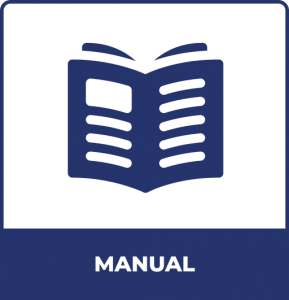The main objective of the handbook is to provide information and guidelines to assist national prison or corrections administrations with the development of policies and protocols for the implementation and operation of an effective system of prisoner classification that meets international standards and is based on accepted research evidence. Specifically, the focus is on providing practical, evidence-based material regarding the design and implementation of effective systems to classify and reclassify adult prisoners on the basis of the risks that they pose and the needs that they may have, and on how to allocate them to a suitable prison regime that can manage their risks in the least restrictive manner and provide a setting to foster their rehabilitation and social reintegration prospects. Owing to the technical nature of some of the terminology used in the handbook, the reader is directed towards the glossary provided at the end of the document for the definitions of key terms. The handbook is also intended to assist with putting into practice the guidance provided by international standards and norms related to prison management, in particular the United Nations Standard Minimum Rules for the Treatment of Prisoners (the Nelson Mandela Rules) and the United Nations Rules for the Treatment of Women Prisoners and Non-custodial Measures for Women Offenders (the Bangkok Rules), and to complement other relevant guidance material developed by UNODC2 and other international and regional organizations. The handbook offers a review, grounded in research evidence, international guidelines and the experience of numerous countries that have implemented such systems, of key issues in prison classification and of guiding principles for the development and implementation of classification systems relevant in a variety of contexts, including in transition economies, developing, low and middle-income countries and post-conflict environment.
Acknowledgements
Summary of key principles and recommendations
Introduction
1 1. Who is the handbook for?
1 2. What does the handbook cover?
I. Importance of prisoner classification
1. Safety and security of prisoners, prison
staff and the public
2. Humane custody of prisoners
3. Individualized case and sentence planning
4. Cost-effectiveness of operating prisons
II. Key issues for the
classification of prisoners
1. Prisoner separation versus prisoner
classification
2. Legislative frameworks
3. Infrastructure requirements
4. Centralized versus decentralized assessment
and classification
5. External versus internal prisoner
classification
6. Regular classification reviews
7. Gender, age and culturally informed
approaches
8. Prisoners with special needs
9. Other placement considerations
III. Research on approaches to
the assessment of prisoners
1. Four generations of assessment tools
2. Risk-needs-responsivity model
3. Good lives model
IV. Overall principles and
components of prisoner classification systems
1. Prisoner classification upon admission to
the prison service
2. Reclassification during a custodial sentence
3. Release planning and community supervision
V. Development and implementation of
a prisoner classification system
1. Project planning phases
2. Importance of ongoing monitoring and
evaluation
Glossary of key terms
UNODC
UNODC (2020). Handbook on The Classification Of Prisoners. United Nations, Vienna.



